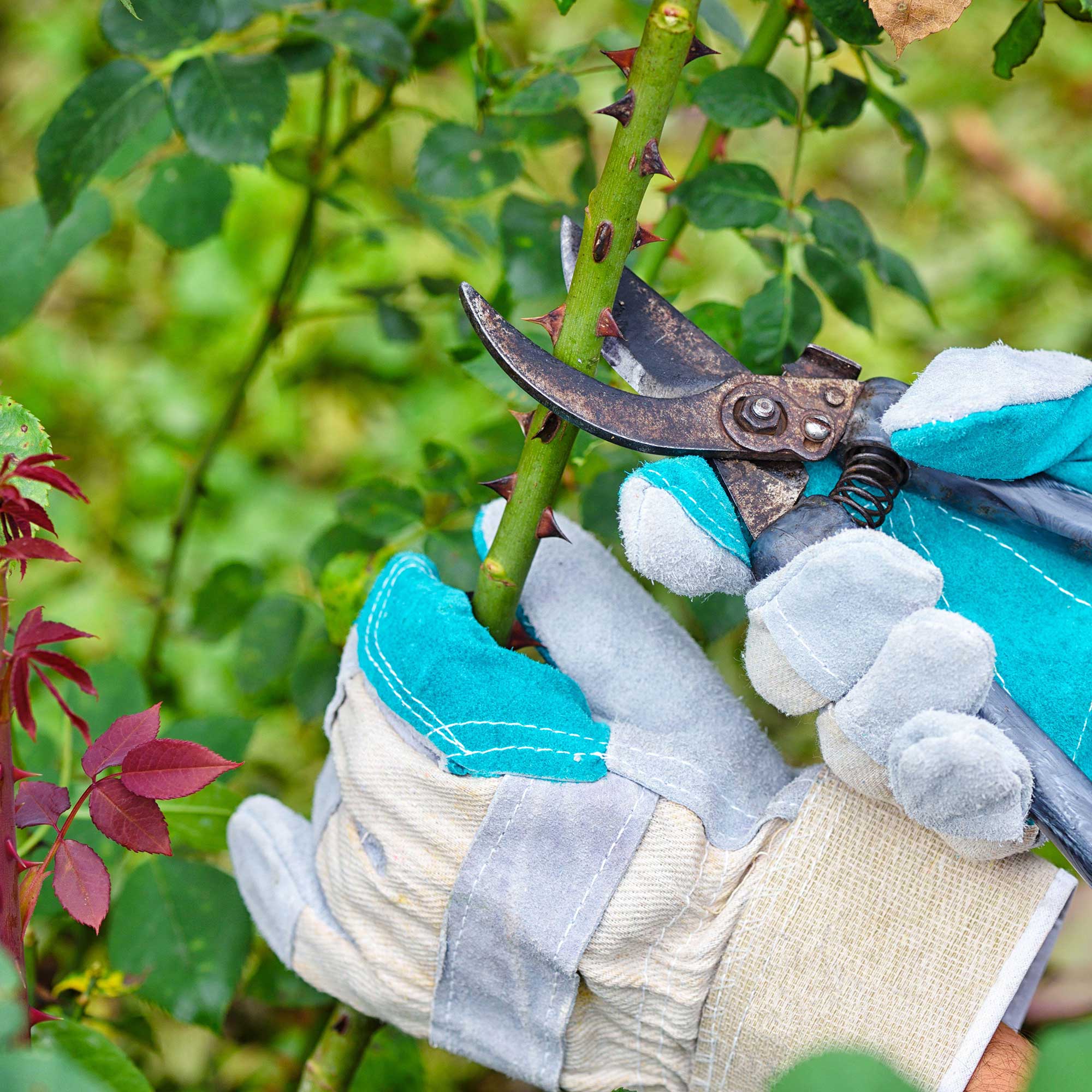
Once you know how to take rose cuttings, you can increase the number of rose plants in your garden quickly and easily – for free.
A firm favourite in British gardens, when it comes to planting beds and borders roses are a stalwart of garden ideas and you can fill plots with their beautiful, colourful and scented blooms.
Whether you plan to add roses among other shrubs and perennials in herbaceous garden border ideas, want to plant climbing roses to scramble up walls, fences or arbours, or design your own romantic English rose garden, this quick and easy method for growing roses from cuttings is a cost-effective solution.
Read on to find out how to grow roses from cuttings, whether you take softwood cuttings in summer, or hardwood in autumn.
How to take rose cuttings – from softwood cuttings
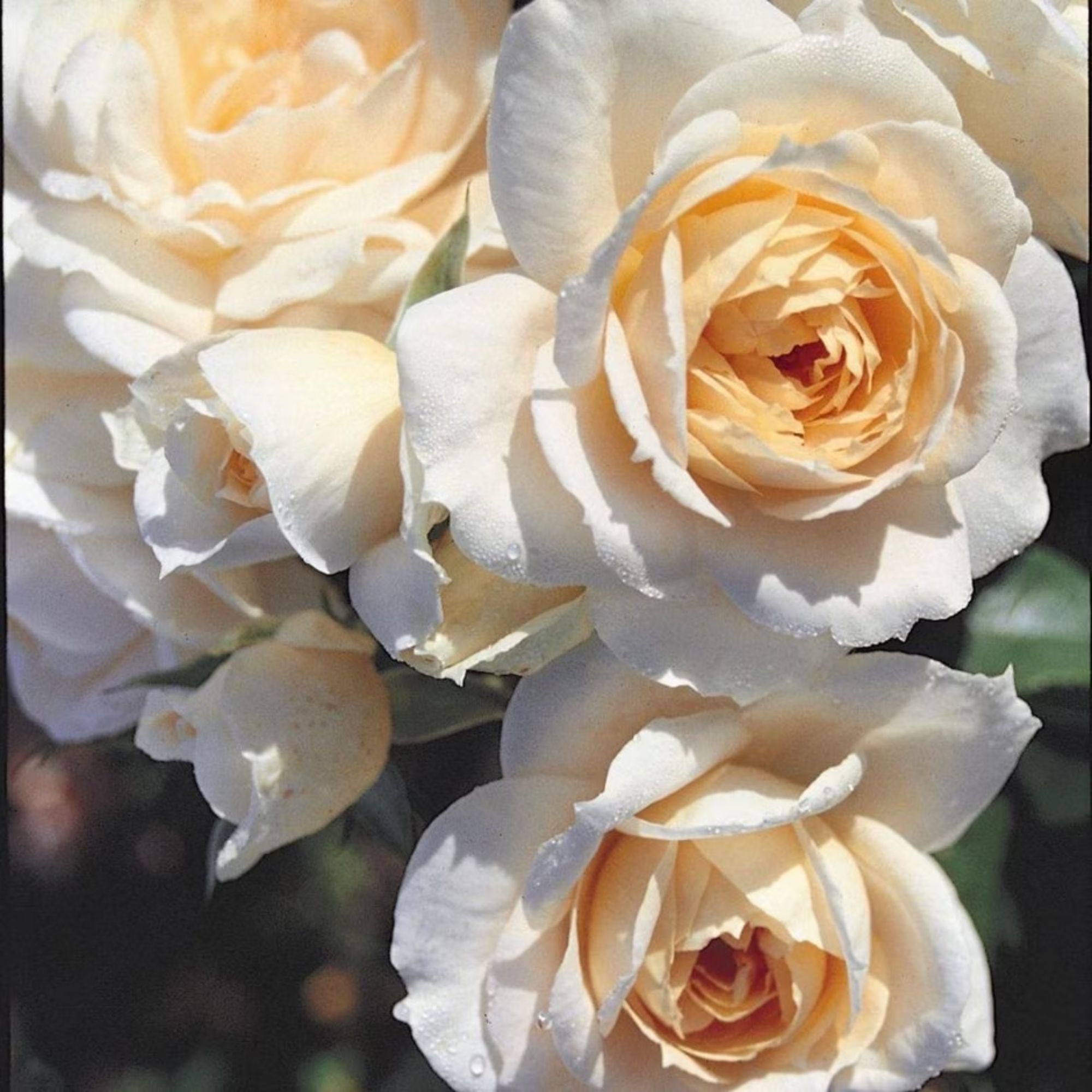
It is surprisingly easy to learn how to take rose cuttings, and with so many varieties available, these blowsy blooms suit many styles of garden, from cottage garden ideas to container gardens.
'Roses can be propagated through cuttings taken from the current year’s growth. Do this in early summer,' explains plant expert, Sarah Raven.
What you will need
You will need the following ready at hand when you're learning how to take rose cuttings:
- A healthy rose plant
- Sharp, sterilised secateurs – search for secateurs on Amazon
- A good quality multi-purpose compost
- Hormone rooting powder or gel
- Perlite or horticultural grit
- Specialist rose food, such as Phostrogen Toprose Rose & Shrub Feed
- Plant pot
How to take rose cuttings step-by-step
1. Select a healthy rose stem

'Early in the summer is usually the best time to take rose cuttings, as the stems are what is known as “softwood” and are more likely to develop a healthy root system,' says Angharad James, product manager at Phostrogen, manufacturers of plant food and fertiliser.
The first step in how to take rose cuttings is to 'find a healthy stem with new growth that has several leaf nodes – that’s where the leaves grow from the stem,' adds Angharad.
Choose a long, healthy stem from any variety of rose plant that you want to propagate – whether a climbing rose, rambling or shrub rose.
2. Take the cutting
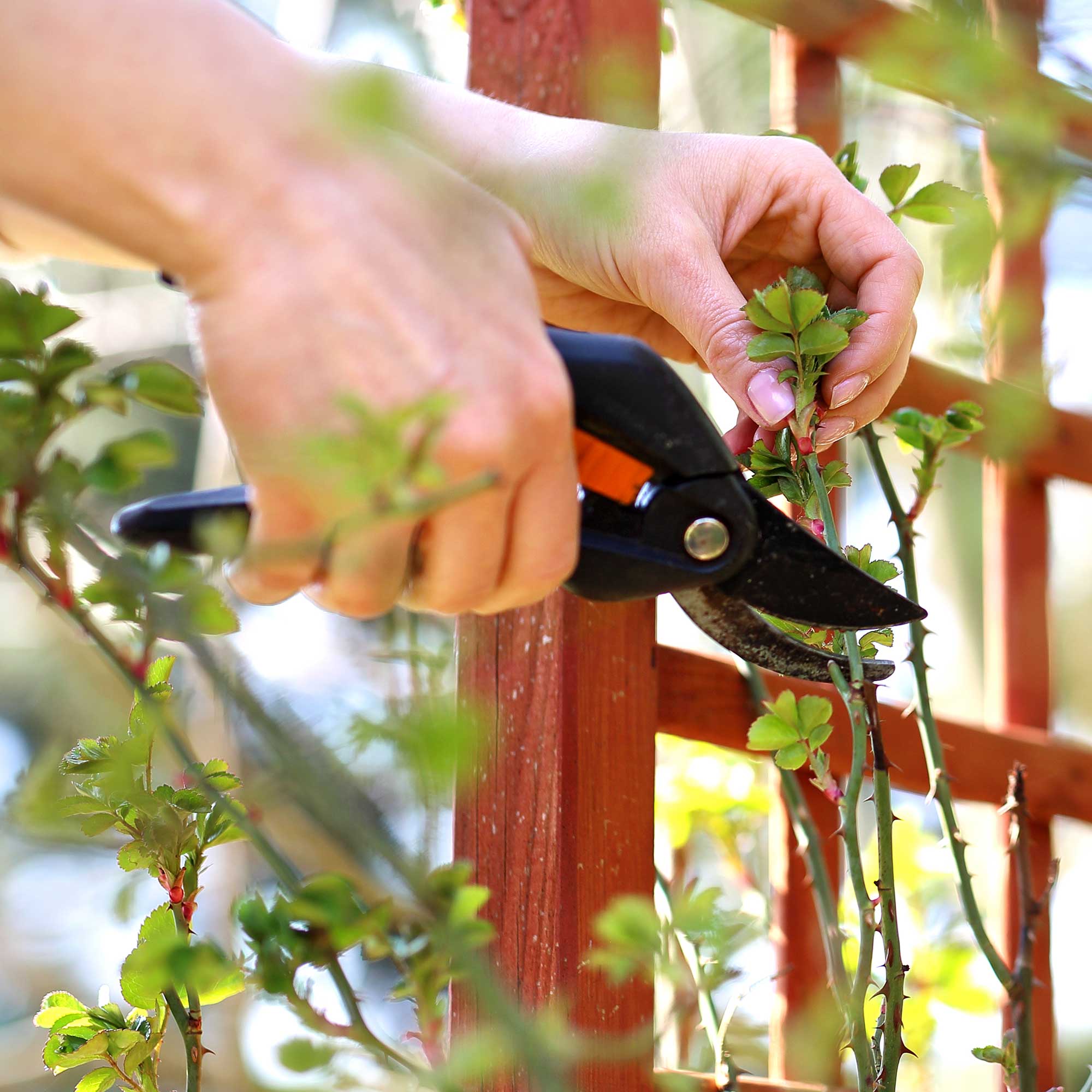
'Take the cutting below a bud, then snip off the top bud and remove the lower leaves,' advises Sarah Raven.
'Make a clean cut at a 45-degree angle just above a node, so that you have a cutting roughly 25cm long,' adds Angharad.
'Stripping the leaves from the bottom half of the stem will encourage the plant to use its energy to form a new root system.'
3. Plant in a pot
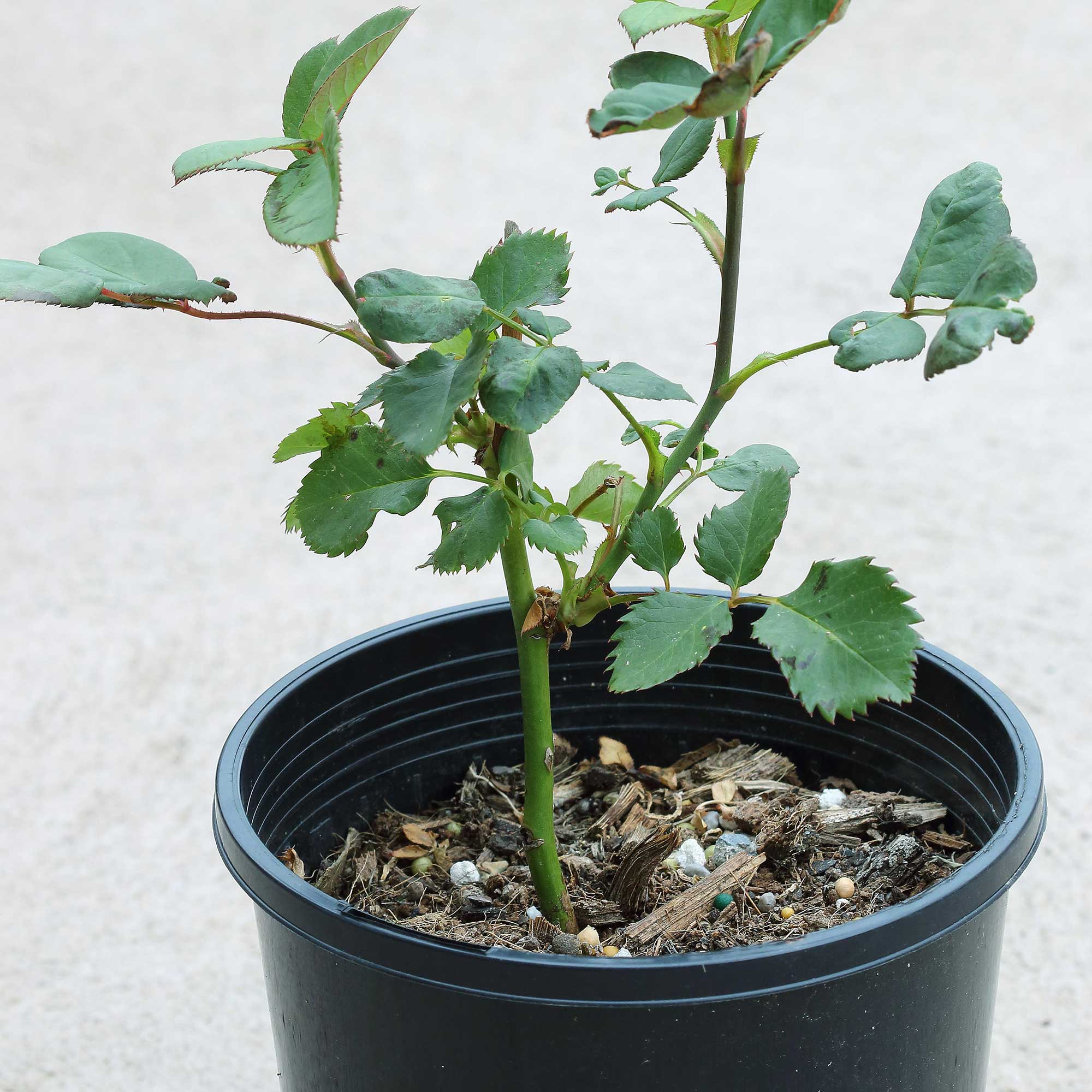
'Insert the cuttings into a pot filled with fertile, gritty compost and leave to root,' says Sarah.
'If you’re using a rooting hormone, dip the cuttings into the gel, liquid or powder, and then simply place it directly into your pot filled with compost, burying it a couple of inches deep. You can even add multiple cuttings to one pot to create a more dense effect,' adds Angharad.
4. Water well

'Water well with an organic plant fertiliser, and leave the planted rose cutting somewhere warm and bright, but out of direct sunlight, for a few weeks to establish its roots, being sure to keep the compost moist,' advises Angharad.
5. Plant in the garden
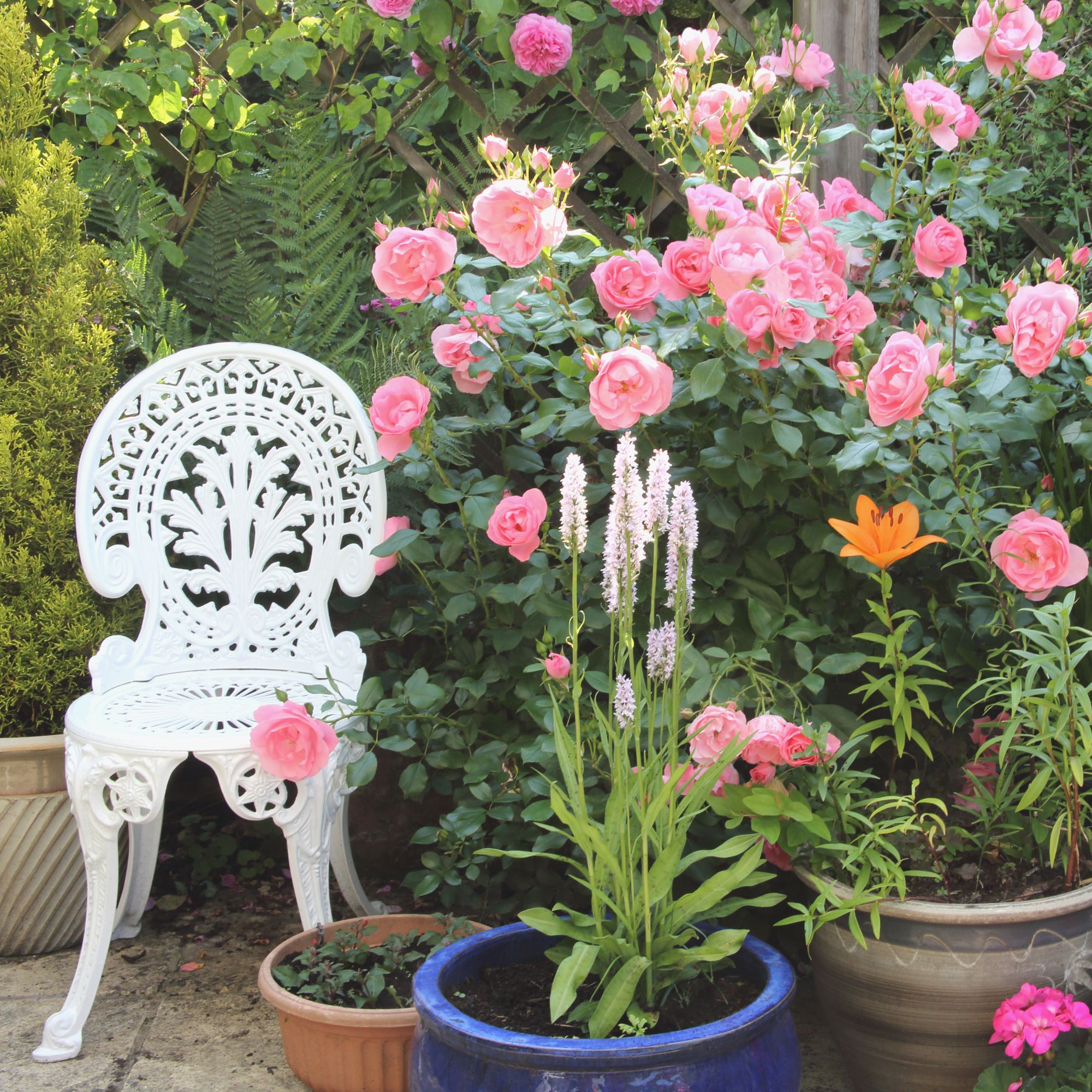
'Once it has developed roots, you can find the perfect spot for your new rose bush outside and transplant it to the garden. You will know it has rooted when you feel a little resistance if you gently tug on the stem,' says Angharad.
Make sure the spot where you plan to plant the rose cutting in the garden is well prepared. 'Fertile soil is key to growing roses. If you have poor soil, improve it first by incorporating compost or well-rotted manure into the planting position,' adds Sarah.
Most roses need a position in full sun to flower well – the site needs to spend at least 50 per cent of the day in the sun – but protect them from winds. Bare-root roses should be planted from November to March; containerised roses can be planted all year round.
'We recommend helping the plant to acclimatise to the great outdoors by hardening it off first. To do so, simply gradually expose the young plant to outdoor conditions, increasing the time it spends outdoors by a few hours each day,' says Angharad.
So, as you see, it is easy to learn how to take rose cuttings.
'It is worth noting that you probably won’t see flowers on your young rose this season, but it will be worth the wait come next summer,' adds Angharad.
FAQs
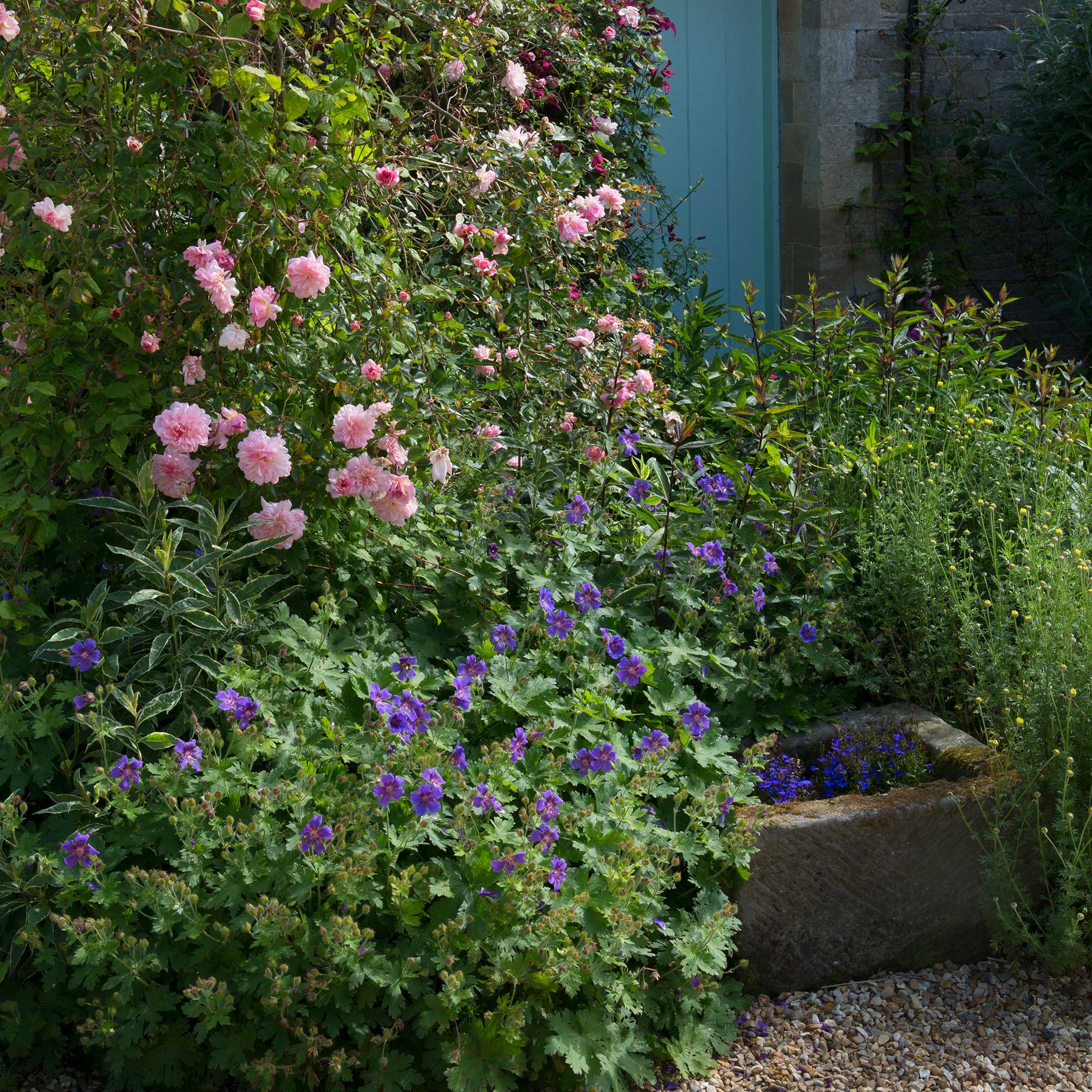
When should you take rose cuttings?
You can softwood cuttings from roses in late spring and summer. You'll generally have better results if you take softwood cuttings,
'Propagating is also possible with hardwood cuttings taken in autumn,' says Sarah Raven.
If you choose to grow roses from cuttings in autumn, follow this method, as advised by Sarah:
- Prepare a sand-filled slit trench in the garden
- Take a 30cm length of stem, remove all leaves and strip the thorns
- Sink two-thirds of the stem in the ground and firm soil around it
- Leave until the following October when it will have developed roots
- Not every stem will root so take more cuttings than you need
'The resulting roses will be growing on their own roots, as opposed to being grafted onto different roots, like most bought roses, but this rarely presents any problems,' adds Sarah.
Can rose cuttings be rooted in water?
While in theory any rose cuttings can be rooted in water, this is not as likely to result in success as planting them in a compost-filled pot, as described above.
If you do choose to try and root rose cuttings in water, only do so in spring or summer with softwood cuttings, rather than hardwood cuttings in autumn.







